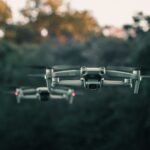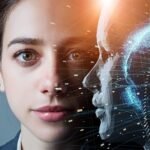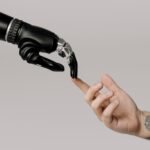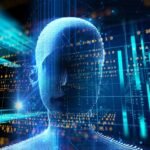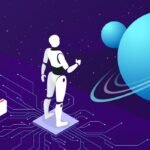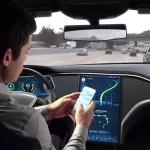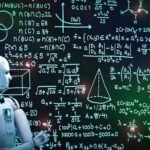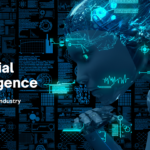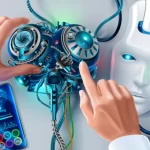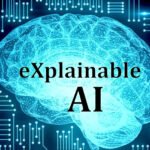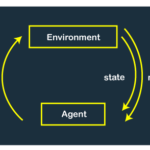Artificial Intelligence Designs Functional Computer in Record-Breaking Five Hours
Artificial intelligence (AI) researchers in China have achieved a significant breakthrough by developing a tool capable of designing a working computer in less than five hours. The team of 19 computer scientists from various institutions aimed to demonstrate that machines can create computer chips in a manner similar to humans. The researchers claimed that the AI achieved this feat 1,000 times faster than a human team, marking a major stride towards the development of self-evolving machines.
In a paper detailing their research, the scientists highlighted the significance of design activity in distinguishing humanity from other animals and traditional machines. They presented a new AI approach that automates the design of a central processing unit (CPU), which serves as the brain of a computer and is one of the most intricate devices created by humanity.
The project involved designing an industrial-scale RISC-V CPU capable of running the Linux operating system and achieving an impressive accuracy rate of 99.99% in validation tests. By bypassing the manual programming and verification process typically performed by human teams, the AI significantly reduced the design time and resources required for the project. Furthermore, the AI autonomously made discoveries in computer design, including uncovering the von Neumann architecture, invented in 1945.
While the performance of the designed CPU is relatively modest compared to modern computers, akin to a 1991 Intel 80486SX CPU, the researchers believe that developing this AI approach has the potential to revolutionize the semiconductor industry by significantly reducing the design cycle. Nvidia, a leading AI chip maker, has also explored AI-powered chip design to optimize cost and performance, revealing their approach in March.
The achievements of these researchers highlight the growing impact of AI in the field of computer chip design. With further advancements and refinements, AI-powered tools have the potential to reshape the industry, making the design process more efficient and opening doors to innovations in computer architecture. As AI continues to evolve, we can anticipate accelerated progress in designing complex and advanced computing systems.










